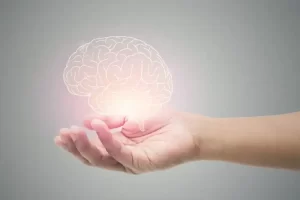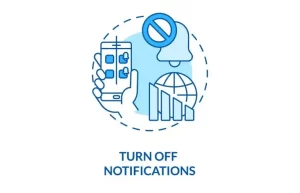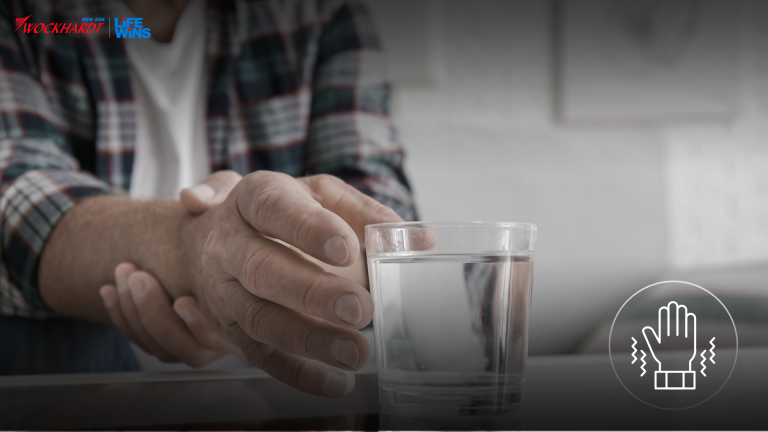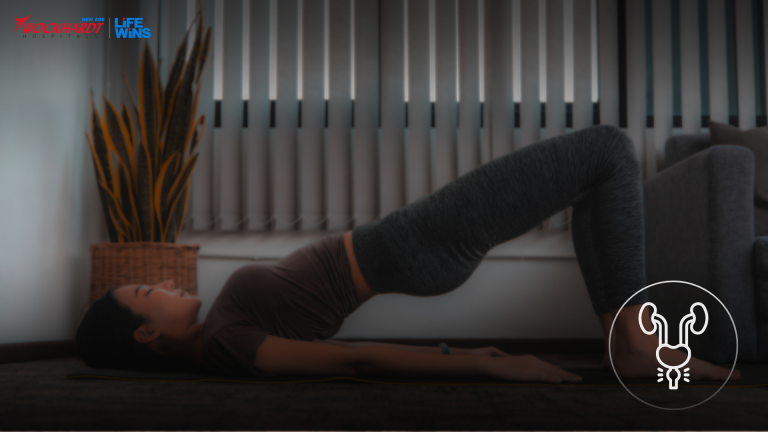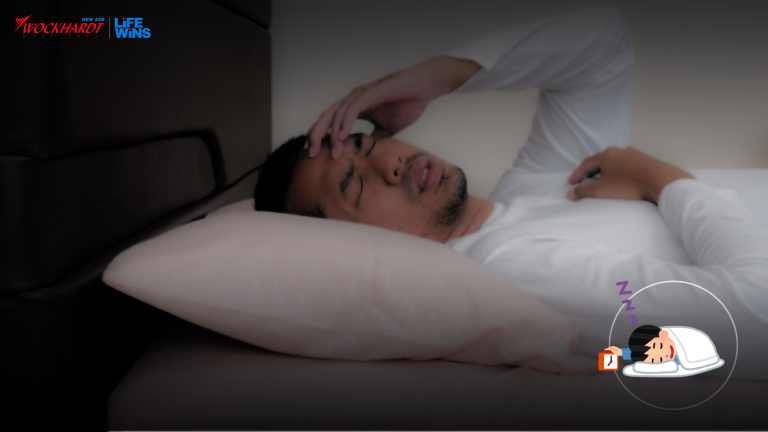
Difference between Sadness and Depression
Sadness is a common human emotion associated with feeling low in energy and spirits. It is normal to feel sad from time to time, and, just like other emotions, sadness also fades away gradually. The degree of sadness felt varies with the individual and the circumstances. This is how sadness is fundamentally different from depression. Depression is a chronic mental illness characterized by prolonged spells of sadness that don’t seem to alleviate or go away. It can affect the way an individual thinks, behaves, and feels, indirectly impacting their social, personal, occupational, and other areas of life. The good news is that depression is treatable, but it can be tough to determine on one’s own if it’s just another bad day or if it warrants a visit to a mental health specialist. Therefore, if you are feeling down or know someone who might be dealing with depression, here are some key Depression vs. sadness differences, along with guidance on how to find the help you need. Differences Between Sadness and Depression While both have very similar symptoms, understanding Depression vs. sadness will help to improve mental well-being. What is Sadness? In the simplest terms, sadness is an emotional state of unhappiness. Everyone has experienced it during stressful or somber times. It can be triggered by various events in everyday life, such as losing a job, the death of a friend, relative, or pet, failing a test, or experiencing heartbreak, among others. More often than not, sadness is associated with specific triggers, which may vary from one individual to another. However, nearly everyone has coping mechanisms, such as venting, crying, journaling, or engaging in activities that generally uplift their mood. Sadness eventually passes, but if it persists even after an extended period of time, it could develop into depression. What is Depression? Depression is a mental health problem that does not typically resolve on its own. Prolonged spells of sadness are often a sign of depression, but it encompasses more than just sadness. Depression can manifest as both emotional and physical pain, including body aches. It may feel all-encompassing, robbing you of the joy and enthusiasm you once had for things you loved. There may be moments when you laugh or find comfort, but the overwhelming feeling of sadness can seem indelible. Symptoms of Depression There are several general signs of depression. Individuals living with depression may experience multiple mental and physical symptoms that persist for longer than two weeks. Risk Factors for Depression Depression is not gender specific and can occur at any age. What causes depression is also quite complex and varies from person to person. However, there are certain risk factors that have been identified to be linked with depression. It’s also worth noting that depression is an umbrella term, and it can manifest across a spectrum. Everyone perceives and experiences depression differently. It may be mild and come in waves for some, while for others, it can be life-altering. The most severe form of depression is termed “major depressive disorder” or MDD. There are other forms of depression, such as “subclinical” and “clinical” depression, which are milder than MDD but still significant. When to Seek Help for Depression If there are at least two symptoms of depression that linger for more than 2 weeks, it might be time to reach out for help. Depression is treatable and chances are you will start feeling better soon with the right treatment. Small changes can be the beginning of a spiral. Even if it’s just a mood change or a series of bad days, it’s better to be safe than sorry. It is especially important to get help when it becomes hard for you to get through your daily life and even complete your everyday chores. Where to Seek Help for Depression Connecting to a certified mental health specialist is important to understand why you’re feeling what you’re feeling. Talking to a therapist is the best way to diagnose and treat depression. You can look for certified mental health therapists in your area and book an appointment for one-on-one counseling sessions. At Wockhardt Hospitals, we have top-certified mental health therapists dedicated to providing compassionate care and evidence-based treatments to support your mental well-being. Always remember, depression is not bigger than life. With the right and timely help, life wins, you win. Dr. Sonal AnandConsultant – PsychiatristWockhardt Hospitals, Mira Road To book an appointment call: +918108101104



















